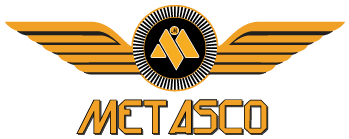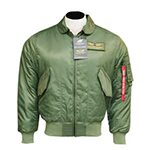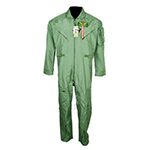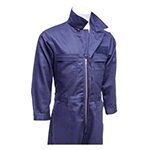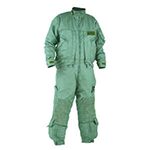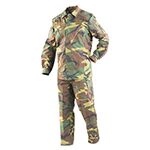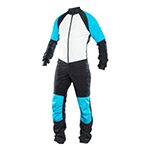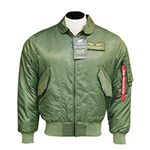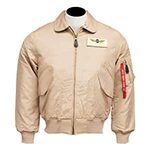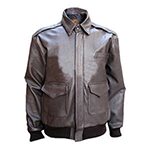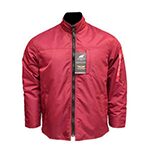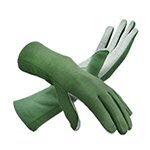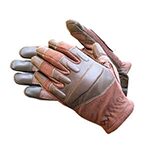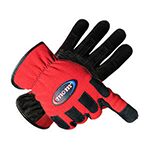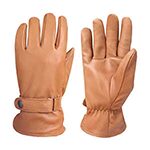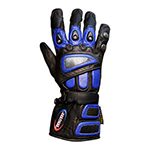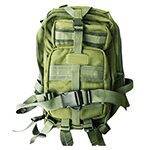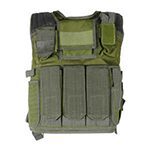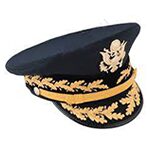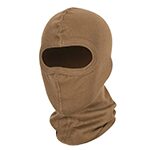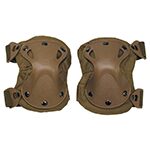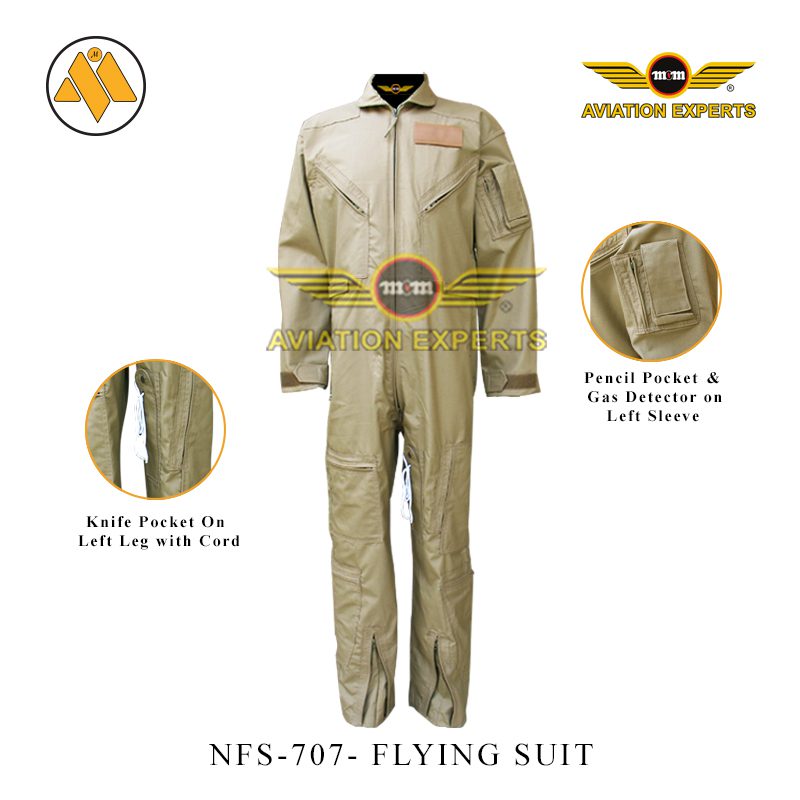
Why Do Pilot Wear a Gloves
It offers protection and is a part of the military aviation tradition. A long time back, almost all aircraft were cable controlled. Basically, there are a bunch of cables connecting pilot controls to the aircraft outside control surfaces. This was the story even for the largest bombers (even the B-29). No hydraulics, pneumatics or electrics. This made the aircraft very difficult to control. The controls were heavy and stiff and took a lot of muscle power to operate. The flap, landing gear and other levers were also that rigid. Playing with these surfaces on a routine basis could easily rip off your skin. Wearing gloves thus provided that extra safety margin to your body.
Going much more further back, maybe to the World war I, you will see mostly biplanes in the military with no cockpit windows or anything of that sort. The pilot was completely exposed into the outside atmosphere. At altitudes, the temperature goes really low. The gloves then, served as a safe guard from the cold.
The gloves and flight suits (coveralls) are made from fire resistant material. During the Vietnam war era we changed from cotton flight suits to Nomex, which gives you more of a chance to escape from a fire with fewer burns. The same with Nomex gloves with leather palms. We did wear our older cotton flight suits when not flying in the hot, humid Southeast Asia weather. Soon after that we only had the Nomex gear.
Flyer's Pilot Gloves Specifications
Air Force Pilot Gloves, Military Flight Gloves – Flyer’s Summer Type GS/FRP-2 – USAF Military Issue. Mil-DTL-81188C & MIL-DTL-81188B Heat & Flame Resistant 700-F & Anti-Static, These Nomex® Pilot Gloves offer superb dexterity and excellent flash and flame protection. They will not support a flame or melt, even after laundering. These Airforce Pilot Flyer’s Summer gloves feature chrome-tanned sheepskin leather palm, giving excellent “feel” for flying, while providing your hands with the fire-resistant protection of Nomex® Although these Airforce flyer summer gloves are especially suited for aviators and aviation personnel, they are perfect for anyone who wants the ultimate in comfort, dexterity, and protection for their hands! Exceeds USAF specs MIL-DTL-81188C and MIL-DTL-81188B for thermal protection. 100% Dupont Nomex® brand fiber.
Metasco® Specialized in Flight Pilot Gloves
Metasco® Specialized in Nomex Flyers Gloves, Flyer’s Pilot Gloves, Air Force Pilot Gloves, Nomex Gloves Tactical Nomex Gloves, Cold Weather Nomex Gloves, Touch Screen Gloves, Tactical Operator Gloves, Since last 35-years
Nomex® fire-resistant Operator Gloves, Aviation Gloves & FR-flight Jackets, have been worn by American military aviators since the 1960’s. These Nomex® flight gloves are manufactured to USAF Military Specification, MIL-G-181188C. The palms of these Nomex® gloves are made from soft sheepskin leather to give you delicate sense of touch you need for flying. The back of the pilot gloves are made from a soft fire resistant Nomex® knit fiber that stretch to fit snugly. The aviator gloves remain soft and pliable even after they become wet or are washed in warm water and hand soap.
